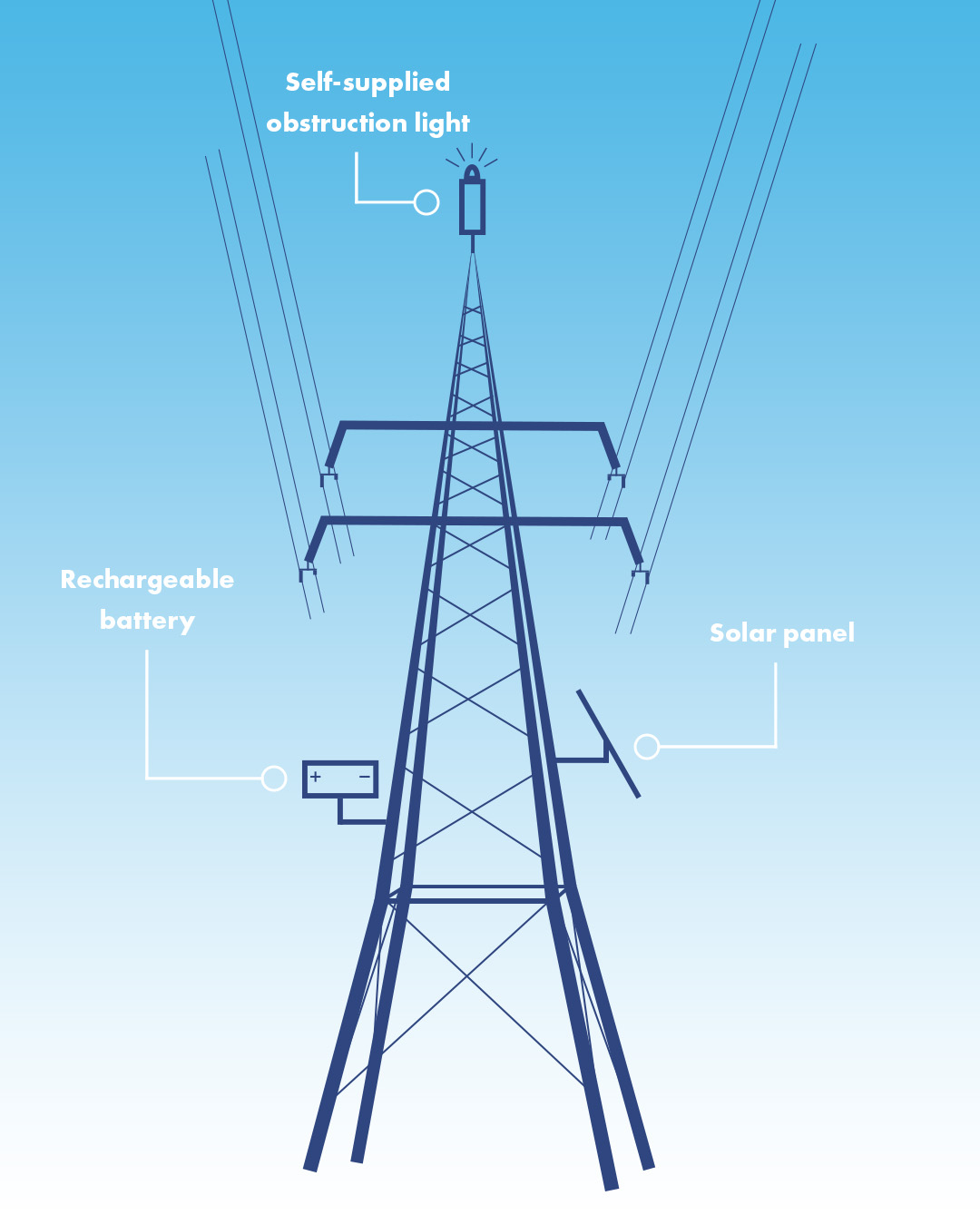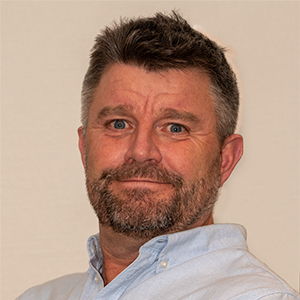![[Translate to English:] Upplyst flyghinderljus utan framdragen el](/fileadmin/user_upload/Images/Nyheter/Artiklar/hinderljus-test-2.jpg)
Illuminated aviation obstruction lights without external power supply
Being challenged, thinking innovatively, and staying at the forefront are core values for CHS Controls. Therefore, we want to share a completely self-supplied solution for aviation obstruction lights that we are testing, together with our supplier Obelux Oy, north of the Arctic Circle.
In early autumn 2023, the solution was installed, which involves illuminating a low intensity aviation obstruction light with the light on 24 hours a day, regardless of the season, without relying on external power supply. Using a solar panel that charges a battery, the light is steady burning. Since it involves marking aviation obstacles, and thus airborne traffic safety, it is of outmost importance that the equipment is reliable and stable.
The importance of high quality
Aviation safety demands that the solution must work. Therefore, the choice of a high-quality aviation obstruction light plays an important part. Our robust aviation obstruction lights are made of metal and hardened glass, adapted to the Nordic climate. Their compact construction and relatively low weight make them easy to handle. Additionally, the combination of robust and compact design also gives our aviation obstruction lights an advantage when e.g. ice shedding happens, with a smaller area to hit and durable metal/hardened glass.
Our smart aviation obstruction lights also have a built-in system for monitoring, and alarms for example by SMS, if errors occur, a feature we have utilized in this project. The equipment sends out status messages via SMS twice a day, informing us not only that the equipment is operating as expected but also about the battery status and the number of sunlight hours.
Modern aviation obstruction lights use LEDs as a light source, offering advantages such as low energy consumption, long lifespan, and low maintenance. As LEDs do not generate heat, our aviation obstruction lights have built-in heater. These handle condensation that otherwise would freeze and obscure the light, something we have taken advantage of in this project.
The progress of the test project
It is not a coincidence that the project is tested in our harsh Nordic climate, north of the Arctic Circle, where the cold is significant, and light is severely limited for parts of the year. For the project to be successful, we must ensure that the obstruction light, batteries and solar panel remains stable under tough conditions.
A low intensity aviation obstruction light should, under normal conditions, burn with 32 cd at dusk, night, and dawn according to current Swedish regulations. During our test, we choose to further challenge the equipment by keeping the light burning 24 hours a day and, hence testing its maximum capacity.
Since the installation in the fall of 2023, the solution has worked flawlessly. In December, when sunlight hours are practically zero, and the cold is extremely challenging, we received a status message that the battery has 70% remaining – all according to calculations. The same calculations also indicate that by the end of January, when the daylight gradually returns, the battery level should be at 50%, and it will slowly start to recharge. But when the laws of nature offered us an extreme cold this winter (with up to minus 40 degrees at its worst), the battery level was at the lowest of 40%, but the light continued to work with a firm, stable glow.

Further development of the solution
As the solution is self-supplied, unmanned and placed in a tough environment, it is of the utmost importance that the solar cells charge all daylight hours during the winter months. Therefore, a new development is in place – a vibrator to supplement similar solutions with. The vibrator is programmed to vibrate twice a week for 5 seconds so that the snow on the solar panel is shaken off.
Vision for the future
The solution revolutionizes in its genre and simplifies the marking of aviation obstacles in areas without access to external power supply while ensuring airborne traffic safety. We continue to follow the project with great enthusiasm, believing this entirely self-supplied solution could become an exciting addition to, for example, power distribution companies to explore.
All components in the test project, such as approved aviation obstruction lights, solar panels, and batteries, are available in CHS Controls' product range.
For more information, contact one of our
PRODUCT SPECIALISTS
